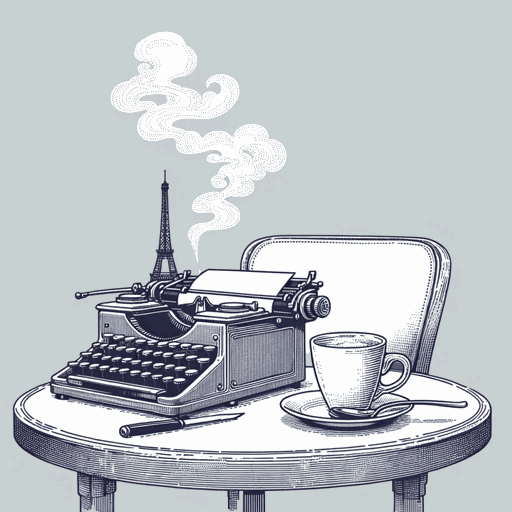50 pages • 1 hour read
Ernest HemingwayA Moveable Feast
Nonfiction | Autobiography / Memoir | Adult | Published in 1964A modern alternative to SparkNotes and CliffsNotes, SuperSummary offers high-quality Study Guides with detailed chapter summaries and analysis of major themes, characters, and more.
Symbols & Motifs
Cafés
Cafés serve as transitional locations for Hemingway, as they are places of refuge where he can write freely and socialize with others. Hemingway begins the novel with a comparison between two cafés, The Café des Amateurs and the Place St-Michel, situating cafés as a reoccurring symbol throughout A Moveable Feast. The Café des Amateurs is “ a sad, evilly run café where the drunkards of the quarter crowded together and I kept away from it because of the smell of dirty bodies and the sour smell of drunkenness” (4). Hemingway’s initial depiction of a café is one that doubles as the cesspool of the rue Mouffetard. He juxtaposes The Café des Amateurs with the Place St-Michel writing, “[Place St-Michel] was a pleasant café, warm and clean and friendly, and I hung up my old waterproof on the coat rack to dry and put my worn weathered felt hat on the rack above the bench and ordered a café au lait” (5). The distinction between these cafés represents two very different lifestyles, one of irresponsibility and one of commitment. Due to the inclement weather, Hemingway is forced to take shelter, choosing the Place St.-Michel. This initial decision represents Hemingway’s ultimate choice to become a mature novelist and to begin his coming-of-age journey.
Related Titles
By Ernest Hemingway
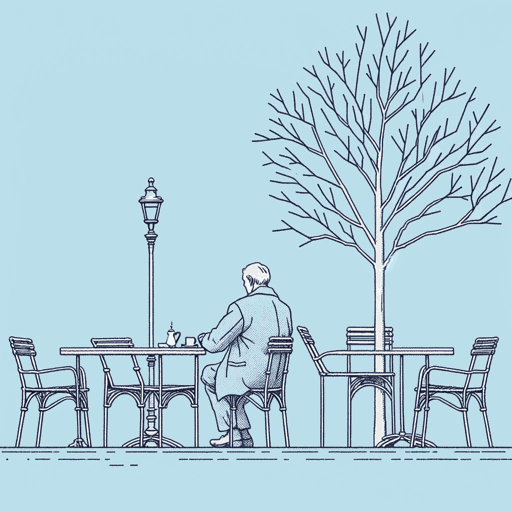
A Clean, Well-Lighted Place
Ernest Hemingway

Across the River and into the Trees
Ernest Hemingway
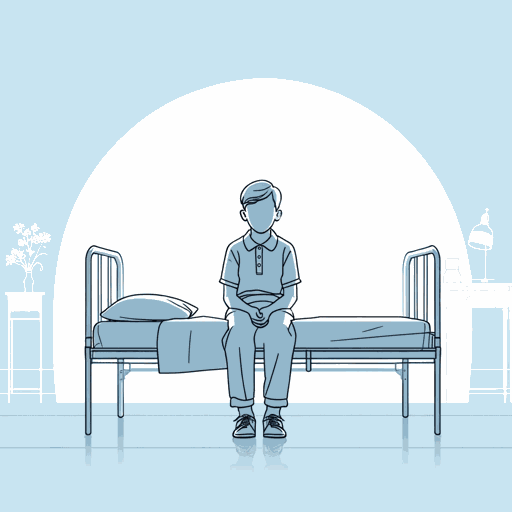
A Day's Wait
Ernest Hemingway
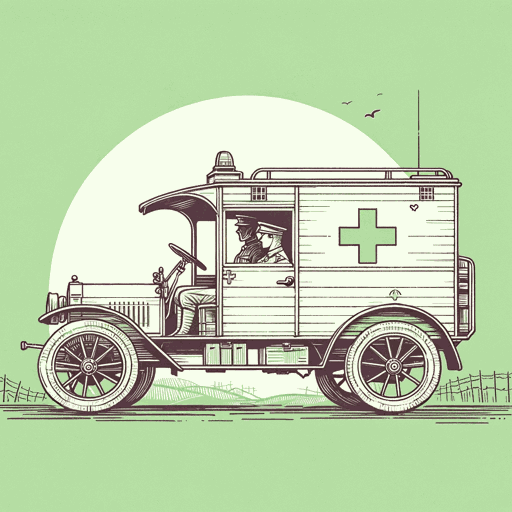
A Farewell to Arms
Ernest Hemingway

A Very Short Story
Ernest Hemingway
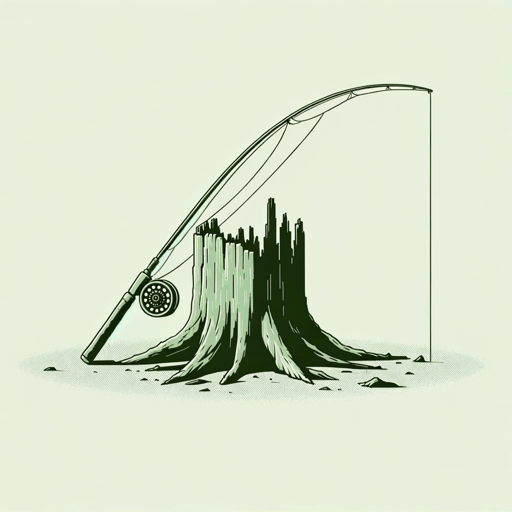
Big Two-Hearted River
Ernest Hemingway

Cat in the Rain
Ernest Hemingway

For Whom the Bell Tolls
Ernest Hemingway

Green Hills of Africa
Ernest Hemingway

Hills Like White Elephants
Ernest Hemingway
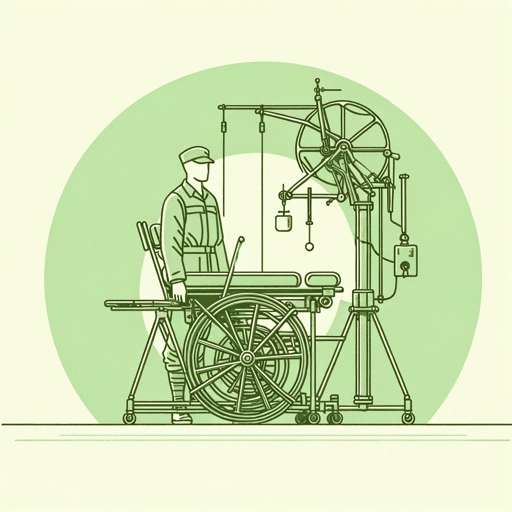
In Another Country
Ernest Hemingway

Indian Camp
Ernest Hemingway

In Our Time
Ernest Hemingway

Old Man at the Bridge
Ernest Hemingway
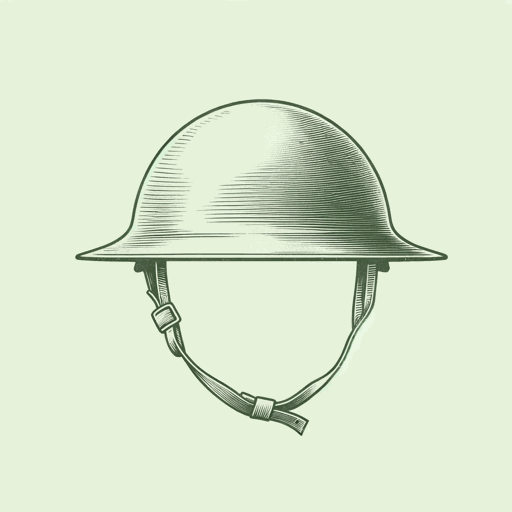
Soldier's Home
Ernest Hemingway

Solider's Home
Ernest Hemingway

Ten Indians
Ernest Hemingway

The Garden of Eden
Ernest Hemingway

The Killers
Ernest Hemingway

The Nick Adams Stories
Ernest Hemingway
